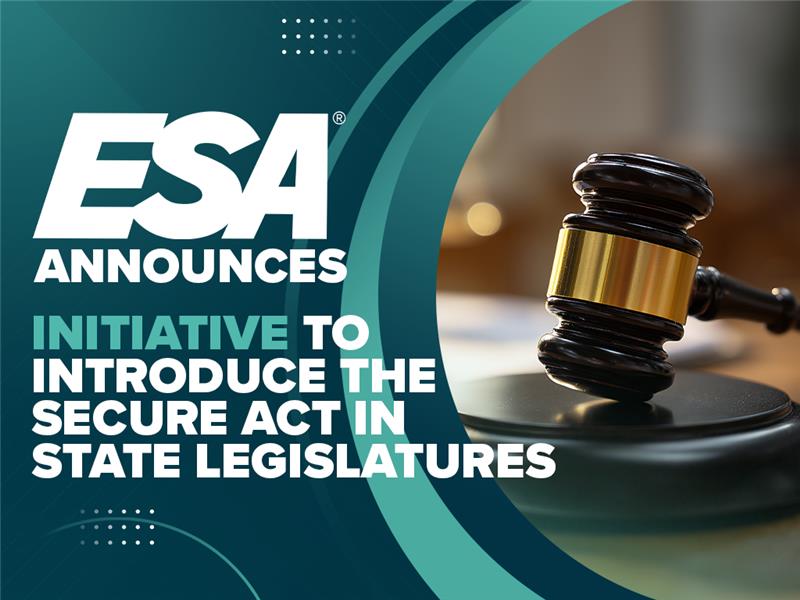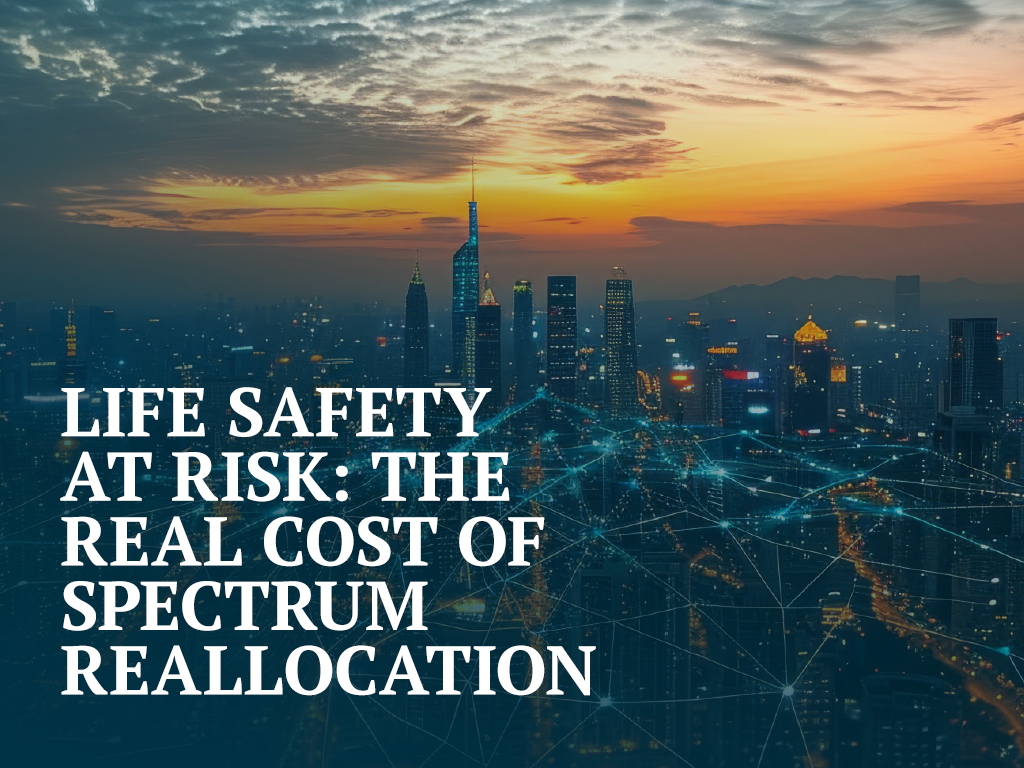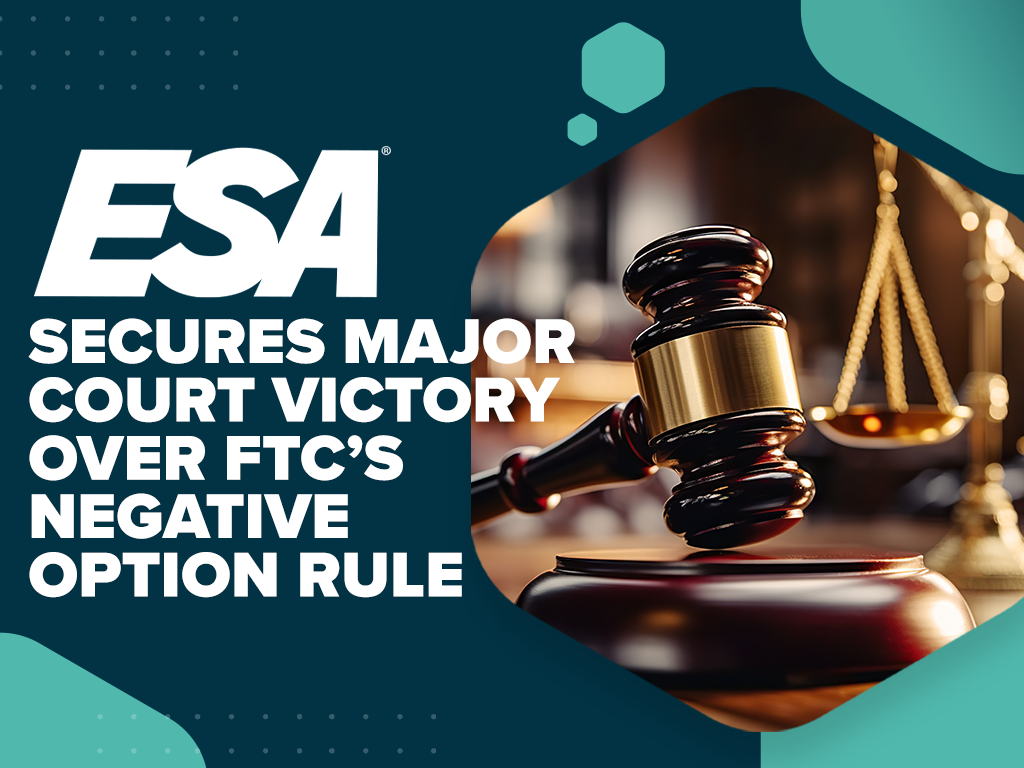SIAC Needs Your Support

There are approximately 18,000 public safety agencies in the United States and each one of those jurisdictions has the potential to pass regulations that directly impact your ability to protect and serve your customers and grow your business. SIAC
That is why in 2002, the four major alarm associations for the U.S. and Canada created the Security Industry Alarm Coalition. Since then, SIAC’s team of professionals, including retired leaders from law enforcement, have worked tirelessly to build relationships with public safety leaders nationwide.
Here are just a few examples from a recent quarterly activity report:
- Work directly with the National Sheriffs’ Association (NSA) meeting in Washington and serve on key committees.
- Attend State Associations of Chiefs of Police (SACOP) meetings in California, Georgia, Michigan, North Carolina and Utah
- Continue to develop new statewide alarm management committees with SACOP chapters in Pennsylvania and Minnesota
- Work with individual jurisdictions on alarm management issues.
“It takes many years of consistent attendance and participation at state and national law enforcement meetings to develop relationships and build trust between leaders,” says SIAC Executive Director Stan Martin. “Having the national Model Ordinance endorsed by the International Association of Chiefs of Police & NSA was no small accomplishment and promoting it to all law enforcement is no small task.”
“SIAC has represented our industry’s and customers’ interests and conveyed an attitude of care and cooperation with law enforcement at all levels,” says Kirk MacDowell, SIAC Board Chairman.
SIAC is blessed with the support of many leaders in our industry. However, it is safe to say that the majority of companies that rely on SIAC’s work do not contribute financially to the organization.
“It is costly and time consuming when we have to work with state alarm associations to go into a community and fight against an ordinance that makes it more difficult to serve our industry’s customers,” says MacDowell. “The costs can include substantial legal fees, requiring customer outreach as well as lost opportunity costs for local executives who must divert their attention to lobbying and public information efforts, especially in cases where a police chief has already staked out a public position on a punitive ordinance.”
“It is always better to work with public safety agencies on the front end to provide them with the model ordinance and research supporting its effectiveness. Law enforcement leadership continues to transition, and our outreach effort is more important than ever,” adds Martin.
“SIAC has always operated on a very tight budget,” says MacDowell “To continue to be successful we need your support.”
You can find more information on the industry leaders who support SIAC and on how you can help at siacinc.org.




